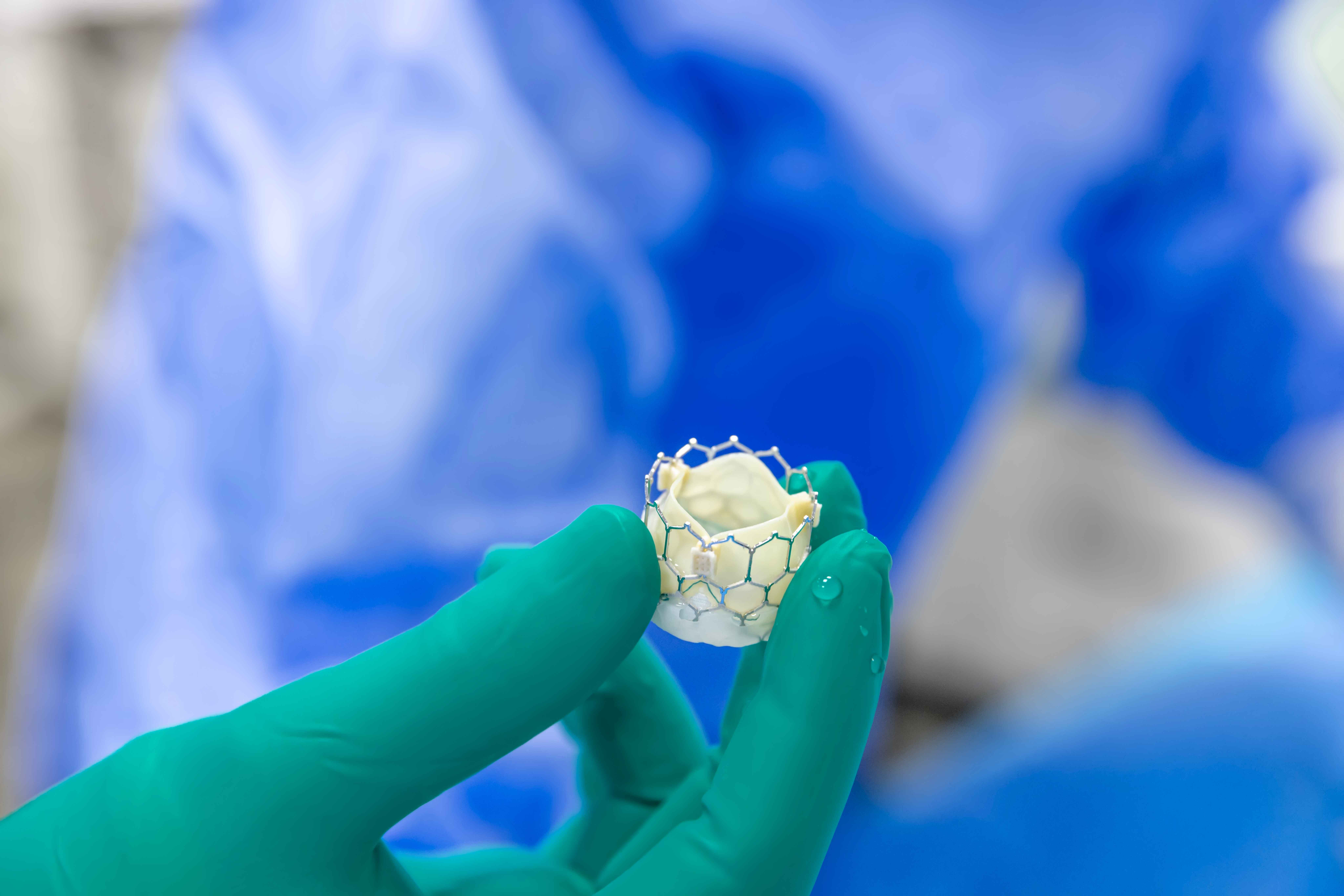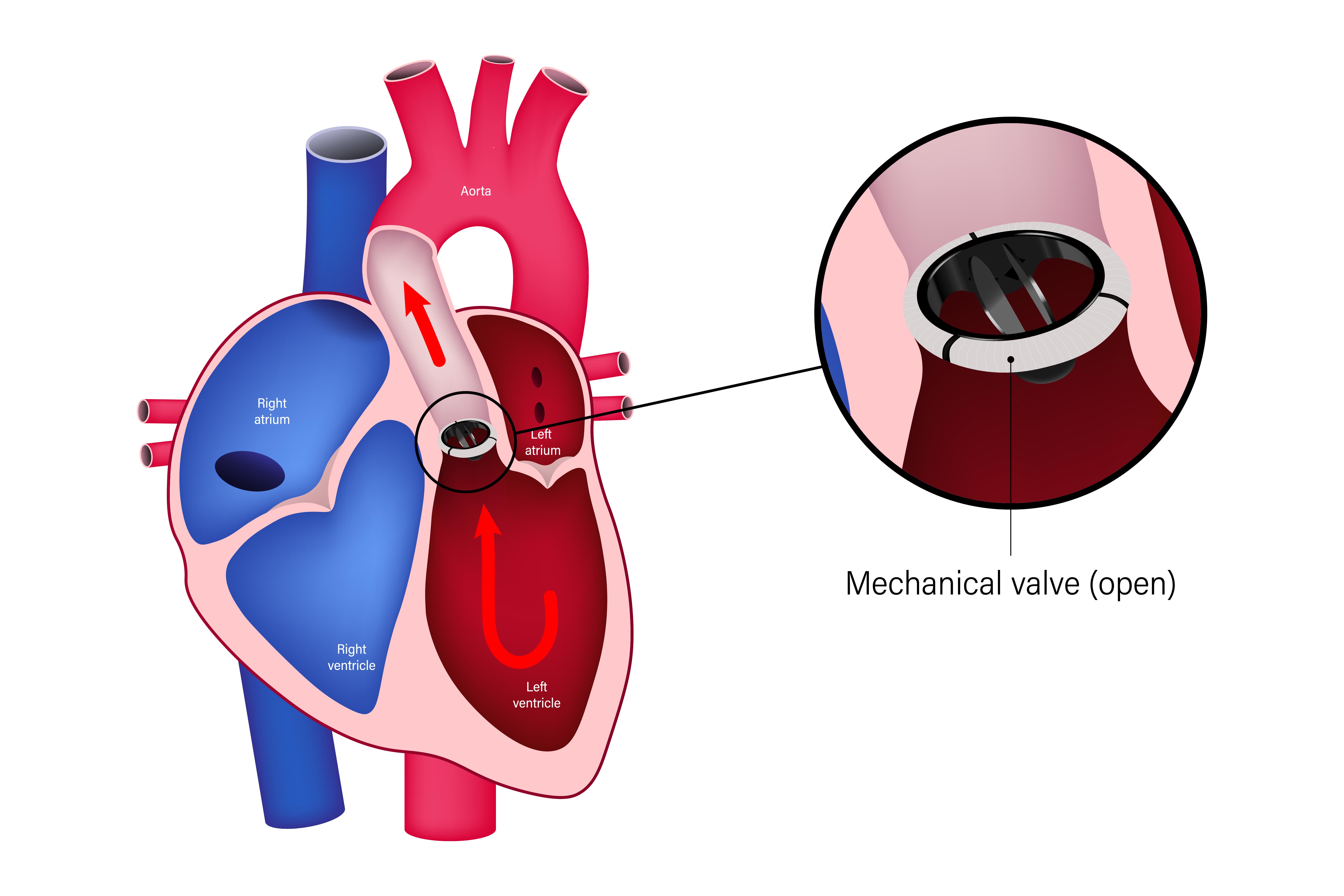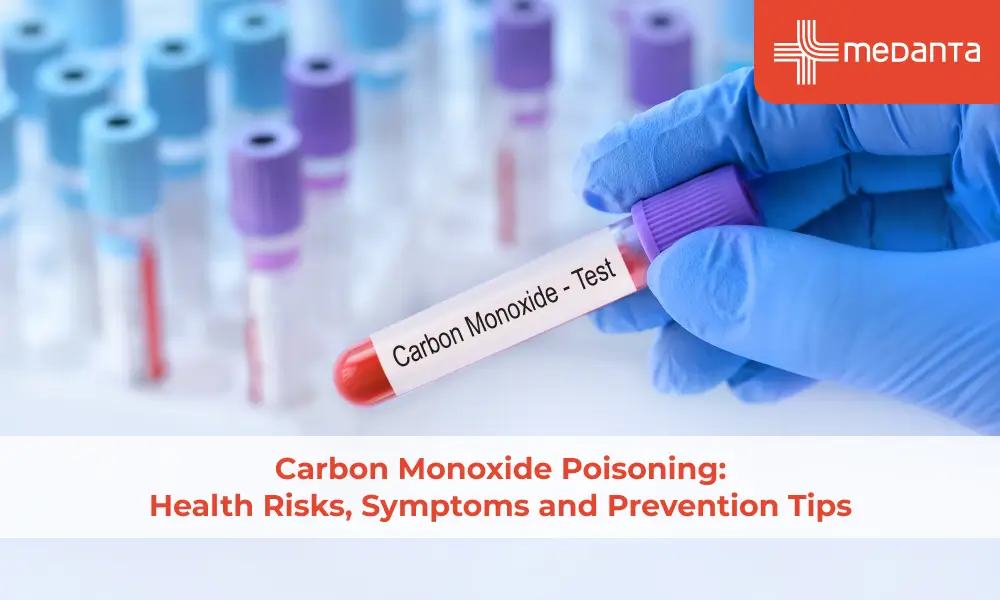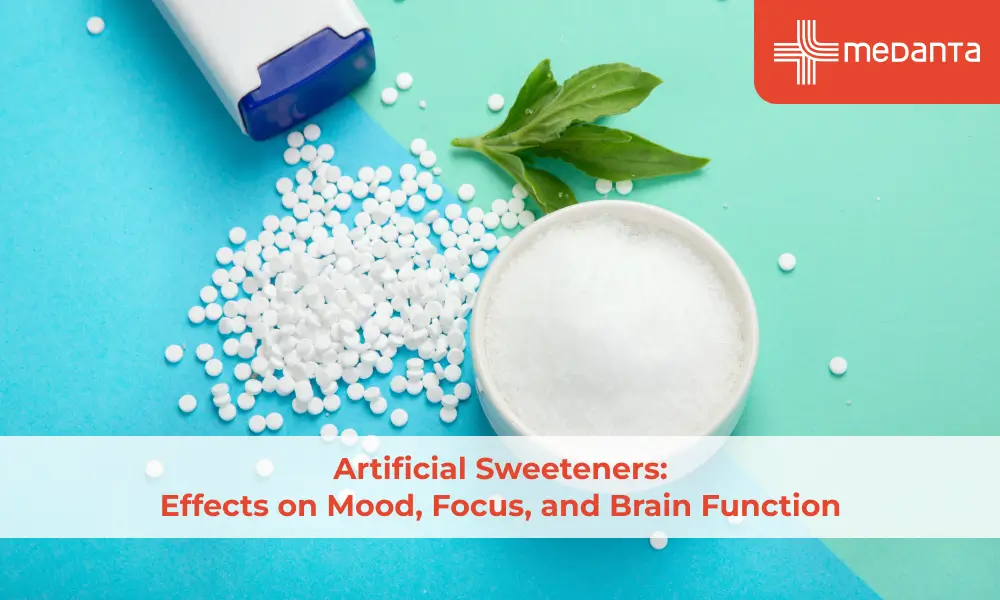Heart Valve Replacement & Repair: Understanding Procedures, Benefits, and Recovery

Your heart works tirelessly to pump blood through your body and is supported by four essential valves: the aortic, mitral, tricuspid, and pulmonary. These valves ensure blood flows efficiently and in the right direction, maintaining your health and vitality. However, like other body parts, your heart valve can experience problems because of several factors, such as ageing, disease, or congenital defects.
The first-line option to treat damaged or diseased heart valves usually is repairing them. However, if they can’t be repaired, the only treatment option is to replace them by implanting biological or mechanical valves or practising other surgical approaches.
Read on to learn various options to change damaged or diseased heart valves.
What’s Meant by Heart Valve Replacement?
Heart valve replacement is a surgical procedure that involves replacing your damaged, diseased, or dysfunctional heart valve with a new, biological, or mechanical one.
Sometimes, people have defective or dysfunctional valves from birth. Their valve fails to develop right when you are born. For other people, their valves might become too barrow, leaky, or stiff due to various reasons, such as age-related degeneration, infections like endocarditis, congenital abnormalities, or conditions such as rheumatic fever.
Your heart has four valves that control where and how your blood goes to and from the heart. If these valves are affected by any disease or get damaged, they might keep some of your blood from going to the heart or other organs. In such a case, your healthcare professional might suggest you take medicines or get the dysfunctional heart valve repaired.

However, heart valve replacement might be considered if such treatments fail to work. This heart valve change procedure will help restore the functioning of the affected heart valve and normal blood flow, allowing your heart to function optimally and reducing the risk of life-threatening complications.
Who Need Heart Valve Replacement?
Heart valve replacement might become necessary when one or more of your heart valves are severely affected, causing narrowing or leakage of a valve, which leads to either restricted or backward blood flow.
The following are some common heart valve problems that might require an affected person to undergo heart valve operation for replacement:
Aortic Stenosis | In this medical condition, your aortic valve narrows, restricting blood flow from the heart to the rest of the body. Aortic stenosis is often caused due to ageing or can develop since birth. |
Tricuspid Valve Disease | Although less common, issues with the tricuspid valve, such as tricuspid regurgitation, might require replacement or repair if they cause significant health issues. |
Mitral Regurgitation | It happens when the mitral valve doesn’t close tightly, causing blood to leak backward into the heart. This heart valve condition can further lead to heart enlargement and, eventually, heart failure if untreated. |
Mitral Valve Prolapse | It’s a common heart problem with floppy valve leaflets that fail to close tightly. Although it’s mostly harmless for most individuals, it can become life-threatening if it leads to mitral regurgitation, requiring valve repair or replacement. |
Severity of Valve Disease | People with moderate to severe valve disease impacting their heart and general health need replacement. |
Risk Profile | Doctors consider the patient’s risk profile, including age, overall health, and specific health conditions (like diabetes or kidney disease), to choose between a minimally invasive approach and open-heart surgery. |
Heart Function | Diagnostic techniques like echocardiography are used to assess the patient’s heart function (LVEF) and structure and determine the right approach. |
What Are the Options for Heart Valve Replacement?
Your heart has four valves, but most commonly, replacement surgery is performed on the aortic and mitral valves via the following different procedures:
Biological Heart Valves
Biological valves or tissue or bioprosthetic valves are made from natural materials derived from cow tissue (bovine), pig tissue (porcine), or donated human tissue (allografts or homografts). These valves look and function like natural heart valves, often leading to more natural blood flow, helping improve your overall cardiovascular health.
In addition, they are treated with specialised procedures to ensure they are compatible with the affected person’s body and to prevent immune rejection. And the best part is that patients might not need lifelong blood-thinning medication as these heart valves are made of biological material. However, blood thinner medication is required in the initial 3 months.
However, biological valves have a limited lifespan of 10 to 20 years compared to mechanical valves. Some biological valves might also have some artificial parts to support them, make it easier to place them, and increase their lifespan.
Donor Valve Implantation /Allografts
Some patients might benefit from the heart valve that comes from a deceased donor. These heart valves are often used to treat medical conditions like infective endocarditis or replace a diseased aortic valve in young adults and kids. The implanted donor valve can last 10 to 20 years and play an important role in the Ross procedure.
Mechanical Heart Valves
Mechanical heart valves are artificial and made from solid materials, such as metal or ceramic. These valves are engineered for durability and function like natural heart valves. Most mechanical valves usually last 20-30 years after implantation.

However, after heart valve replacement, blood clots might form on the artificial valve’s flaps and hinges, which stops it from working. To prevent this, doctors prescribe blood-thinning medication that needs to be taken daily.
But don’t worry! With careful management, mechanical valves provide a reliable, lasting replacement that supports stable blood flow and heart function.
Transcatheter Aortic Valve Replacement (TAVR)
TAVR, or transcatheter aortic valve replacement, is a minimally invasive procedure that works similarly to placing a stent in the artery to minimise narrowing.
It came across as an alternative to traditional open-heart surgery, primarily used for replacing the severely narrowed aortic valve. In India, around 2.5 to 3 lakh patients with aortic stenosis are reported to be eligible for TAVR.
During the TAVR procedure, a surgeon inserts a catheter in the patient’s artery in their groin or through a small incision in the chest. Then, he implants an expandable replacement valve into the affected aortic valve site. After implanting the replacement valve, the surgeon moves the old one out of the way, and the tissue of the new valve takes control of the blood flow.
The heart valve replacement recovery time for TAVR is relatively shorter than the patients might have to spend after undergoing a traditional open-heart surgery.
Ross Procedure
If you have severe aortic valve problems, then your healthcare provider might recommend you undergo the Ross procedure if your age is less than 30 years. During the Ross procedure, the surgeon replaces the patient’s damaged aortic valve with their own pulmonary valve, which has a shape similar to the aortic valve.
And then, a biological or donor valve is placed in the pulmonary valve’s position. In this position, the implanted heart valve puts less force to pump blood and, thus, is less likely to be replaced.
Moreover, patients who undergo the Ross procedure don’t need to take blood thinners for the long term.
Wrapping Up
There are diverse heart valve replacement options, each designed to address specific needs, heart valve and health conditions, and lifestyle considerations. Talking with your healthcare provider can guide you on the best heart valve replacement procedure for your condition. If you want expert advice on this matter, then book an appointment with a cardiologist today!
FAQs
1. How long does a tissue valve last?
Tissue valves typically last 10-20 years, depending on factors like age and overall health.
2. Can I avoid open-heart surgery for valve replacement?
Yes, transcatheter aortic valve replacement (TAVR) is an option for some patients, especially if they are at higher surgical risk.
3. What are the risks of heart valve replacement?
Risks include bleeding, infection, blood clots, or valve dysfunction. Your doctor will assess your risks based on your condition.
4. Do I need blood thinners after heart valve replacement?
Mechanical valves require lifelong anticoagulants, whereas tissue valves might only need short-term medications.
5. Can a damaged valve be repaired instead of replaced?
In some cases, valve repair is possible, especially for mitral valves. Your doctor will determine the best approach based on the damage.
Citations
Anticoagulation after biological aortic valve replacement: Is there an optimal regimen? (2016, March 1). PubMed. https://pubmed.ncbi.nlm.nih.gov/27989055/
Brown, K. N., & Kanmanthareddy, A. (2023a, February 13). Ross procedure for aortic valve replacement. StatPearls - NCBI Bookshelf. https://www.ncbi.nlm.nih.gov/books/NBK537249/
Brown, K. N., & Kanmanthareddy, A. (2023b, February 13). Ross procedure for aortic valve replacement. StatPearls - NCBI Bookshelf. https://www.ncbi.nlm.nih.gov/books/NBK537249/
Brown, K. N., & Kanmanthareddy, A. (2023c, February 13). Ross procedure for aortic valve replacement. StatPearls - NCBI Bookshelf. https://www.ncbi.nlm.nih.gov/books/NBK537249/
Dziadzko, V., Clavel, M., Dziadzko, M., Medina-Inojosa, J. R., Michelena, H., Maalouf, J., Nkomo, V., Thapa, P., & Enriquez-Sarano, M. (2018). Outcome and undertreatment of mitral regurgitation: a community cohort study. The Lancet, 391(10124), 960–969. https://doi.org/10.1016/s0140-6736(18)30473-2
Gupta, P., Arora, S., Qamar, A., Gupta, M., & Seth, A. (2020). Current status of transcatheter aortic valve replacement in India. Cardiovascular Diagnosis and Therapy, 10(1), 83–88. https://doi.org/10.21037/cdt.2019.05.04
Hoffmann, G., Lutter, G., & Cremer, J. (2008). Durability of bioprosthetic cardiac valves. Deutsches Ärzteblatt International. https://doi.org/10.3238/arztebl.2008.0143
How Blood Flows through the Heart | NHLBI, NIH. (2022, March 24). NHLBI, NIH. https://www.nhlbi.nih.gov/health/heart/blood-flow#:~:text=Heart%20valves,-Heart%20valves%20control&text=The%20tricuspid%20valve%20separates%20the,the%20left%20ventricle%20and%20aorta.
LaHaye, S., Lincoln, J., & Garg, V. (2014). Genetics of valvular heart disease. Current Cardiology Reports, 16(6). https://doi.org/10.1007/s11886-014-0487-2
Manji, R. A., Ekser, B., Menkis, A. H., & Cooper, D. K. (2014). Bioprosthetic heart valves of the future. Xenotransplantation, 21(1), 1–10. https://doi.org/10.1111/xen.12080
Rajput, F. A., & Zeltser, R. (2023, May 29). Aortic valve replacement. StatPearls - NCBI Bookshelf. https://www.ncbi.nlm.nih.gov/books/NBK537136/
Reducing the risk of blood clots in artificial heart valves. (2020, January 20). ScienceDaily. https://www.sciencedaily.com/releases/2020/01/200114101722.htm
Tillquist, N., Tillquist, N., & Maddox, T. (2011). Cardiac crossroads: deciding between mechanical or bioprosthetic heart valve replacement. Patient Preference and Adherence, 91. https://doi.org/10.2147/ppa.s16420
What are heart valve diseases? | NHLBI, NIH. (2022, March 24). NHLBI, NIH. https://www.nhlbi.nih.gov/health/heart-valve-diseases






